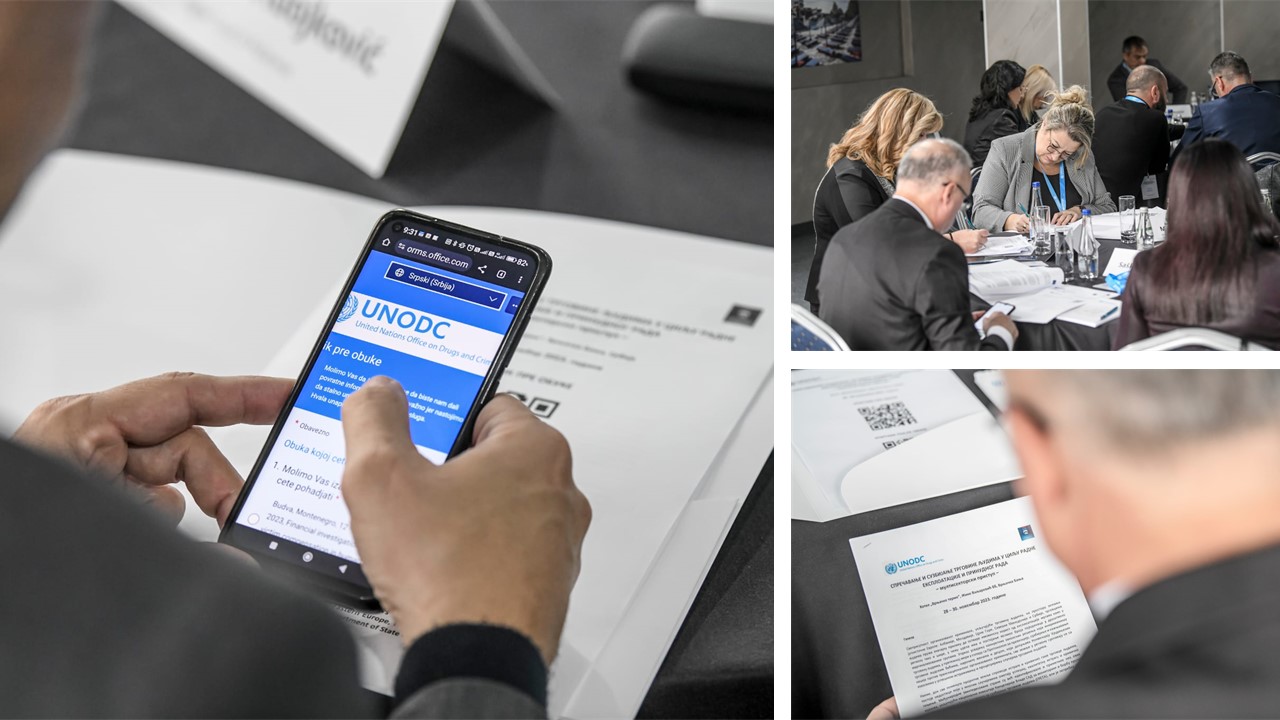
NGOCSTIP – Funding for Global Anti-Trafficking Initiatives has seen a notable increase recently. Governments and international bodies recognize the urgent need for more resources. These funds support victim services, law enforcement training, and public awareness campaigns. The growing financial commitment reflects a shared determination to combat human trafficking. Greater investments enable more comprehensive and effective programs worldwide. This article explores how increased funding boosts the fight against trafficking. It also highlights the challenges and opportunities that come with expanded resources.
More funding allows organizations to expand victim support services. Shelters, counseling, and legal aid programs receive enhanced resources. Survivors gain better access to healthcare and rehabilitation. These services help victims rebuild their lives after exploitation. Funded programs focus on trauma-informed care and long-term recovery. Partnerships between governments and NGOs improve service delivery. Additionally, survivor advocacy groups gain stronger platforms through funding. This financial boost increases survivors’ chances for successful reintegration.
“Read about: Evaluating Impact: Frameworks for Monitoring Anti-Trafficking Efforts”
Funding for Global Anti-Trafficking Initiatives enables expanded training for law enforcement agencies. Consequently, officers learn to identify trafficking signs and respond appropriately. Moreover, specialized training improves investigation techniques and victim protection. In addition, cross-border cooperation benefits from shared knowledge and joint exercises. As a result, anti-trafficking units become better equipped to dismantle criminal networks. Furthermore, training also emphasizes respecting victims’ rights and confidentiality. With increased resources, more frequent and widespread capacity-building initiatives are possible. Therefore, law enforcement becomes more effective and sensitive to trafficking complexities. Additionally, ongoing training fosters stronger collaboration among agencies. Ultimately, these efforts enhance global anti-trafficking responses significantly.
Public awareness campaigns receive significant funding to educate communities globally. These campaigns use diverse media channels to reach broad audiences. Information on trafficking risks, prevention, and reporting mechanisms is widely disseminated. Community engagement efforts target vulnerable populations and potential victims. Awareness activities also encourage bystander intervention and support for survivors. Funded campaigns strengthen partnerships between civil society and authorities. Messaging focuses on dismantling stigma and promoting human dignity. Enhanced awareness contributes to early detection and prevention of trafficking.
“Read more: Phoenix Joins the Table: Exclusive Chef-Led Dinners Begin This June”
Funding promotes collaboration between stakeholders at all levels. Governments, NGOs, and international organizations coordinate efforts effectively. Shared resources optimize program implementation and avoid duplication. Financial support encourages innovation in anti-trafficking strategies. Data collection and research receive more investment to inform policies. Funding also addresses regional disparities by supporting underserved areas. Flexible funding models adapt to emerging trafficking trends and challenges. Collaborative funding increases overall impact and sustainability of initiatives.
Despite increased resources, challenges in fund management persist. Ensuring transparency and accountability remains critical. Some regions face difficulties in equitable fund distribution. Monitoring and evaluation systems require strengthening to measure effectiveness. Risk of corruption and misallocation must be continuously addressed. Capacity constraints in some organizations limit optimal fund utilization. Balancing immediate needs with long-term goals proves complex. Donor priorities sometimes influence program focus and flexibility. Addressing these challenges is necessary for maximizing funding benefits.
Increased funding opens new opportunities for growth and impact. It allows scaling successful pilot programs to wider regions. Investment in technology enhances victim identification and case management. Training programs can incorporate latest research and best practices. Greater resources support multi-sectoral approaches involving health, education, and justice. Funding enables continuous professional development and knowledge exchange. Emerging partnerships between public and private sectors gain momentum. With sustained funding, anti-trafficking efforts can adapt to evolving threats. These opportunities offer hope for a future with reduced trafficking globally.